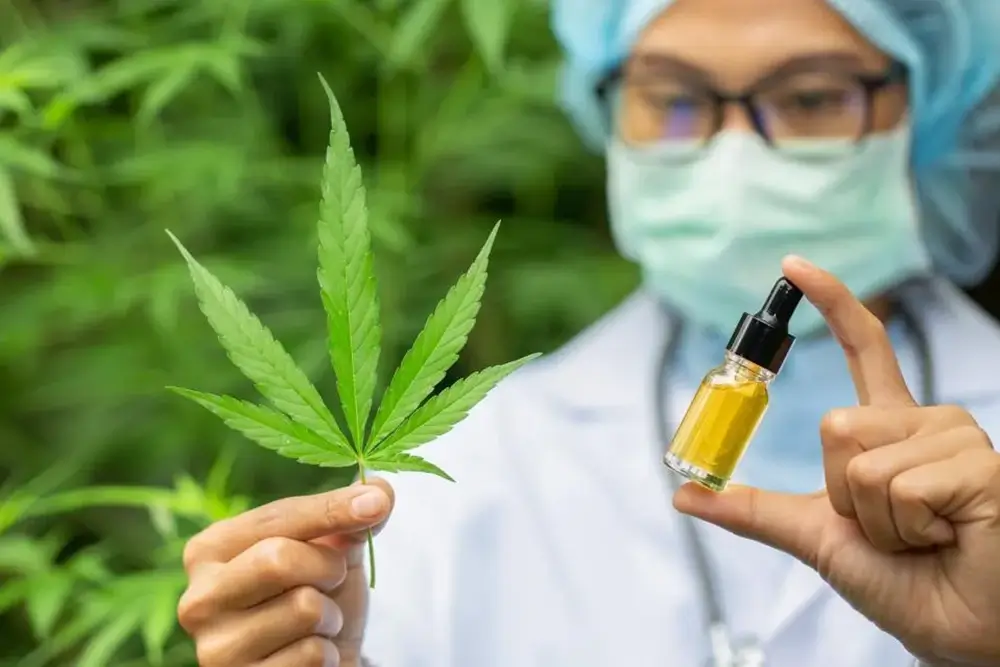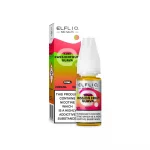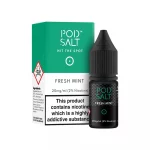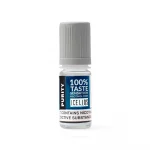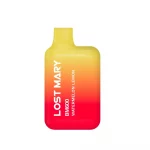For CBD to be added to a large array of consumer products like CBD oil, lotions, topicals, or CBD vape juice, the first step that manufacturers need to take is to extract it from the plant.
Some methods of extraction have been used in various industries for decades or even centuries, far before CBD oil was considered a thing.
Before we proceed with the different ways to extract CBD, check out our Cbd vape e liquids, Cbd oil, Cbd edibles, and Cbd vape pens.
We have made a breakdown of the most commonly used CBD methods.
Here are some of the methods
Supercritical CO2 extraction
Supercritical is a word that’s very commonly utilized in chemistry. When a material is in its supercritical state, it conserves the qualities of both a gas and a liquid.
When using supercritical CO2 in CBD extraction, its gas properties enable it to effuse through all plant matter, while its liquid properties on the other hand allow it to extract compounds efficiently.
The way this procedure is carried out varies, and some labs can start the extraction using liquid CO2 while others begin with CO2 in gas form. In both cases, manufacturers make sure they put CO2 in a chamber that encompasses plant material and uses the exact amounts of pressure and temperature needed for CO2 to reach its supercritical state. At this point, and with the help of some additional heat, CO2 acts as a solvent and makes the plant material separate, carrying with it all the essential compounds. After this has been done, CO2 is separated from the organic compounds, and manufacturers are left with full-spectrum CBD oil.
During this process, with the help of some additional heat, CO2 acts as a solvent and results in the plant material separating, carrying with it all the essential compounds. Once done, CO2 gets separated from the organic compounds, and manufacturers are left with full-spectrum CBD oil.
Steam distillation
This is a centuries-old process that’s majorly used to distill alcohol as well as extract essential oils from organics. The process is not as complicated as CO2 CBD extraction. For this, the plant matter is introduced into a distillation tank. With the use of water and heat, the produced steam then carries oils to the top of the tank. It is then passed through a condenser, leading to a mix of water and oil. The mix then goes through further distillation to separate water and oil, and the result is full-spectrum CBD oil.
Solvent extraction
This method referred to as the Solvent extraction method is also centuries old but somewhat of a middle point between CO2 extraction and steam distillation when it comes to complexity and efficiency. It has a lot of similarities with CO2 extraction, albeit without the developed methodology that is behind the “supercritical” part.
This type of extraction involves mixing plant material with some type of solvent that will hold up the essential oils given the right conditions and just enough time.
The popular natural solvents are alcohol like ethanol and natural plant oils like olive oil, with alcohol being much more efficient in dissolving a plant’s compounds. But as a result of the higher cost associated with ethanol, most manufacturers choose to go with synthetic solvents like hydrocarbons; butane and hexane which may end up in lower quality, or even CBD oil which is unfit for consumption if they are not removed properly from the final product.
In conclusion, the most commonly used CBD extraction methods each come with their advantages and disadvantages. Amongst all methods for extraction, CO2 extraction is by far the cleanest and most efficient CBD extraction method—and a no-brainer for any lab that can afford it.

